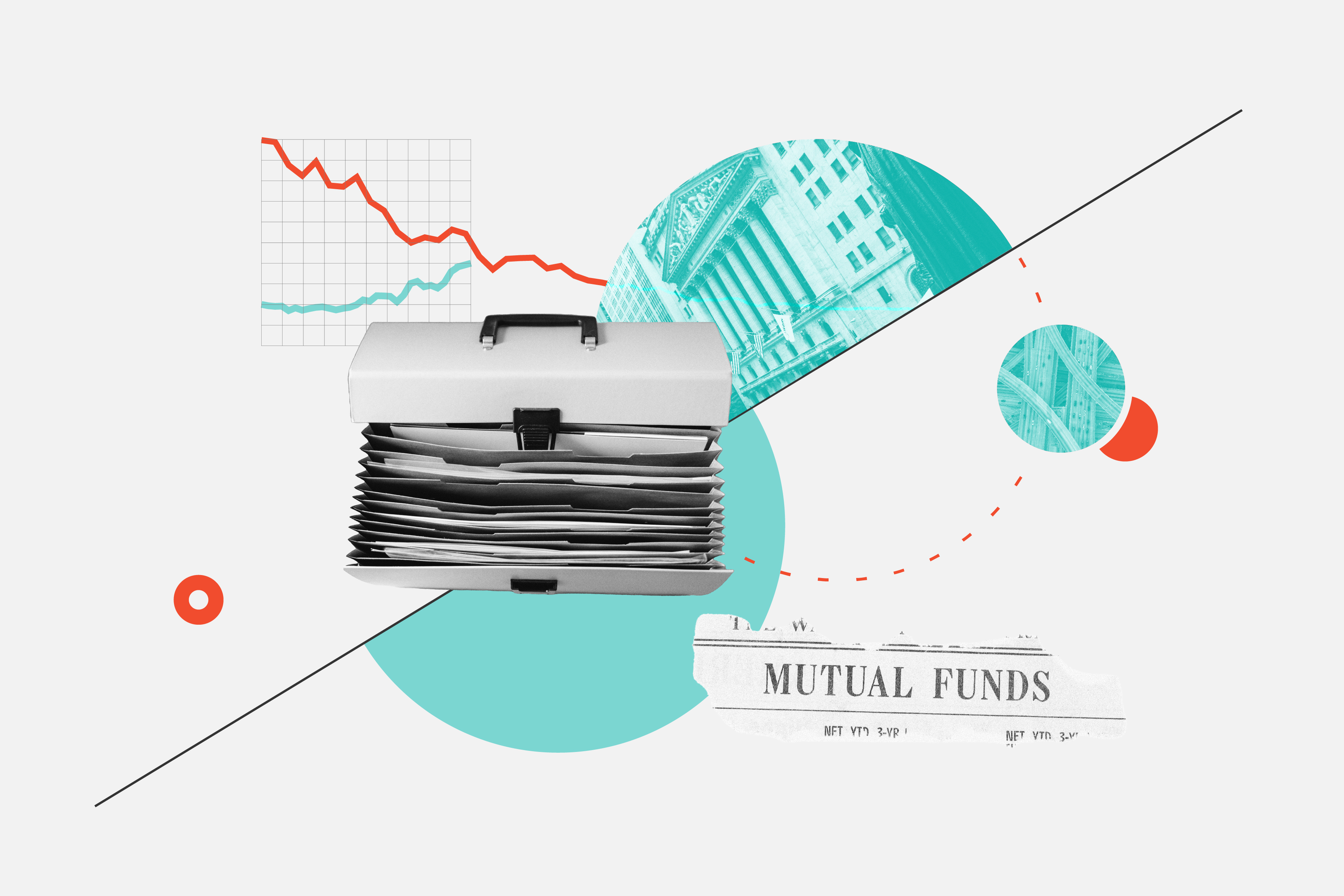Christian Charest: As part of a sound financial plan investors must decide on an asset allocation that is likely to provide them with the returns that they need to achieve their goals. Therefore, it follows that the rates of returns that are expected from these asset classes play a major part in the financial planning process. But how are these expected returns determined and how should they be interpreted? I'm here with Dr. Paul Kaplan, Morningstar Canada's director of research, to talk about this.
Now, Paul, let's start by defining what exactly expected returns are because the term itself can be a bit misleading.
Paul Kaplan: Yes, that's right. The term can be misleading because you don't actually expect to get your expected return. That would be a big mistake to think [that just] because something has a particular expected return that that's what you're going to get at the end. Rather what expected return really means is that it's an average of a whole set of possibilities. So, every asset class is going to be a range of different possible outcomes that are possible and the centre point or the average of that full range of possibilities, that's what the expected return is.
Charest: You also need to adjust those expected returns to account for risk.
Kaplan: That's right. It's very important to take risk into account when you're using expected return. It would be a mistake to use expected return without also referring to how much risk is involved.
Charest: Now, how are these numbers used in portfolio planning?
Kaplan: Well, in terms of the expected returns themselves it's actually fairly straightforward. Every asset class could be assigned a particular expected return. So, you might have an expected return of stocks of 6%, bonds of 2% and if you had a 50-50 portfolio the expected return on the overall portfolio would be 4%. However, as we were saying, that's not the end of the story because you also would have to take into account the risk of that portfolio as well in order to do any kind of financial planning.
Charest: Okay. And you have some visual aids to help us visualize how much the impact that the risk can have on the long-term return.
Kaplan: That's right. I did prepare some visual aids to really try to drive this point home. So, in the first one what I show is, let's suppose we had a portfolio that had an expected return of 5% per year, but the actual return is going to fluctuate year-by-year and this is a highly simplified example. So half the time it's 25%, half the time it's negative 15%, so a fairly wide range. But the expected return we would say is 5%.
Now, in the second chart what I show is that if you then take that 5% expected return and use it as your forecast of what the return in the portfolio is going to be; let's suppose you made a 30-year forecast, you're doing a long-term financial plan, that would turn out to be about $43,000. But if you look at the curve below, at the line that's zigzagging below it, which is representing what I just showed on the previous chart -- the actual return is fluctuating in this case between 25% and negative 15%. You actually end up with only about $25,000, so a substantially different amount of money. Unfortunately, in financial planning these kinds of mistakes are made all the time. People will take a number like an expected return, plug it into a formula and just say, oh, that's what I expect to get in the future.
Charest: It's a bit more complicated than that. Now, how are those rates determined by the people who do make those kinds of forecasts?
Kaplan: It depends on the asset class. The easiest asset class to form an expected return would be a very high-quality bond, like a AAA bond, which would be like a very high-quality government bond on a very high-quality government with the highest rating. In that case we would simply look at the yield to maturity and that's a good place to build an expected return for. So, if the yield to maturity was 2%, you'd simply say for that fixed income asset class my expected return is 2%.
For stocks it gets more complicated and there are various methods of doing stocks. I'll mention two of them. By the way, what I'm going to say here is highly simplified details. There are many nuances to doing this which I'm not going to get into here. But one is historical method where you would look at the actual rate of return of stocks minus the return on bonds over some very long period of time. Go back as far as you can to the data and you would say that would be my estimate of the equity risk premium, in other words, the difference between the expected return on stocks and the expected return on bonds. So, let's say, that was 4%, for example. But of course, yields during that historical period were very different than what they were today. So what you do is you take that historical equity risk premium and you add it to whatever bonds are yielding today. So, if the historical premium was 4%, bonds are yielding 2%, 4% plus 2%, then 6% might be your expected return. That's one method.
Another method is based upon the observation that the return on a stock or a stock index -- in this case we're talking about as an asset class -- is its dividend yield. The dividend divided by price, plus the rate of growth of the price of the stock index. Now, the problem is, how do you forecast the price appreciation of stocks? The dividend yield is easy because we can just observe that. We just look at what the dividends are paying now divided by what prices are today. There are several methods of doing that.
One might be grounded in the idea that over the long run a stock's price should follow its growth of its fundamental variables, the things that sort of grow with it fundamentally, so dividend growth. You might say let's look at what the dividend growth was historically or earnings growth and you would then add that to your dividend yield. So if that growth rate was 3%, 2% plus 3%, would be 5% in that example.
Another approach is instead of looking to the stock market itself look at something you think that is very much connected to the stock market, such as the economy. So, if economic growth was 3% you might use that as your basis for saying, okay, I think the stock market is going to grow the same way of the economy and that's what dividend yields are today.
Charest: Okay. Now, you've mentioned earlier that it's not an absolute number. We're looking at ranges of returns for our forecast. How much of a margin of error should investors expect to get if they see that, for example, expected returns for Canadian equities are 5%? What kind of margin of error are we looking at?
Kaplan: Well, yeah, if we're looking at in terms of just how different the returns can really be from these expected returns, of course, that's where the risk comes in. So, looking at its volatility is a helpful way of doing that.
Charest: Speaking of that, we're showing right now to our viewers a list of some of the expected returns for the major asset classes as calculated by our colleagues in the Morningstar Investment Management Division. What can you tell us about these numbers?
Kaplan: Yeah. Our colleagues prepared these numbers using some of the principles that we were just discussing a few minutes ago. Expected returns mean that one year expected return, the centre of that distribution. So, let's look at the first asset class; Canadian large-cap equity, 7.4% per year. However, if you look at the last column, which says, standard deviation, this is the volatility or the risk I've been talking about that we really have to look at in conjunction with that expected return. When I put those two numbers together, we forecast a long-term growth rate on Canadian large-cap equity of 5.9% which you can see is considerably less than the expected return.
Charest: Thank you very much, Paul. A lot of useful information there. For more on Morningstar Canada's RRSP checkup week, please look at the links that are right below the video player and check back with us regularly for more news and updates.




















